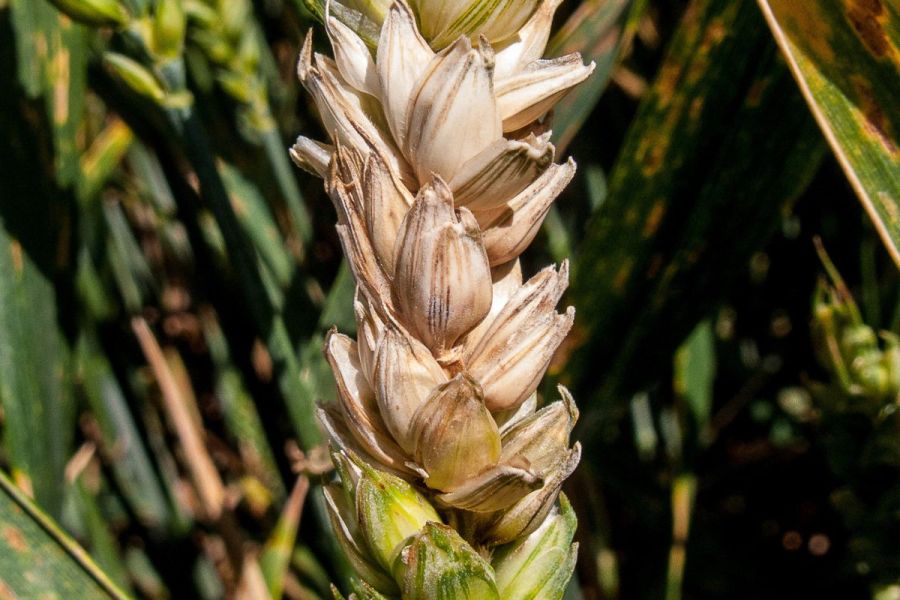The AHDB tool has been activated for another season
Following a prolonged dry spell this spring, with some growers battling drought conditions as a result, the weather has finally broken. Furthermore, the Met Office long-range forecast predicts wet conditions will truly set in, at least until this issue of CPM hits letterboxes.
But as well as crops welcoming this much-required moisture, so too will pathogens, including ear diseases during flowering. An example being fusarium species, which can cause ear blights and result in the production of mycotoxins.
As growers will understand, there’s a legal obligation to ensure grain is safe for human consumption and in line with legal limits, covering the fusarium mycotoxins in wheat grain: deoxynivalenol (DON) and zearalenone (ZON).
According to AHDB, there’s little correlation between fusarium-damaged grains and the presence of mycotoxins, therefore the presence of ear blight symptoms shouldn’t be used as an indicator of mycotoxin risk. It says this is what led to the development of its mycotoxin risk assessment tool, which has recently been re-released for another year.
Covering hundreds of monitoring sites across the UK, the online tool shows how much rain has fallen during the winter wheat flowering and pre-harvest periods. This information can then be used to help calculate the mycotoxin risk assessment scores required for combinable crops grain passports.
In winter wheat, the first rainfall risk period is during flowering (GS59 – ear completely emerged above flag leaf ligule) to GS69 (flowering complete). The second risk period is GS87 (hard dough, thumbnail impression held) to harvest.
Once the date range for each period is known it is entered into AHDB’s tool, which then calculates the amount of rainfall and corresponding risk score at each site. The scores are as follows, with the lower the number the better: score 9: >80m score 6: 40–80mm; score 3: 10–40mm; score 0: <10mm.
The mycotoxin risk assessment also details other factors that influence the total risk score, including the use of an appropriate dose of an appropriate, approved T3 ear fungicide.
And in a recent update, AHDB says usually, many winter wheat crops start flowering (GS59) from the beginning of June, however some have reached flowering earlier this year due to the relatively dry conditions.
To use the tool visit ahdb.org.uk/mycotoxin-rainfall-risk-tool-for-cereals
This article was taken from the latest issue of CPM. For more articles like this, subscribe here.
Sign up for Crop Production Magazine’s FREE e-newsletter here.




